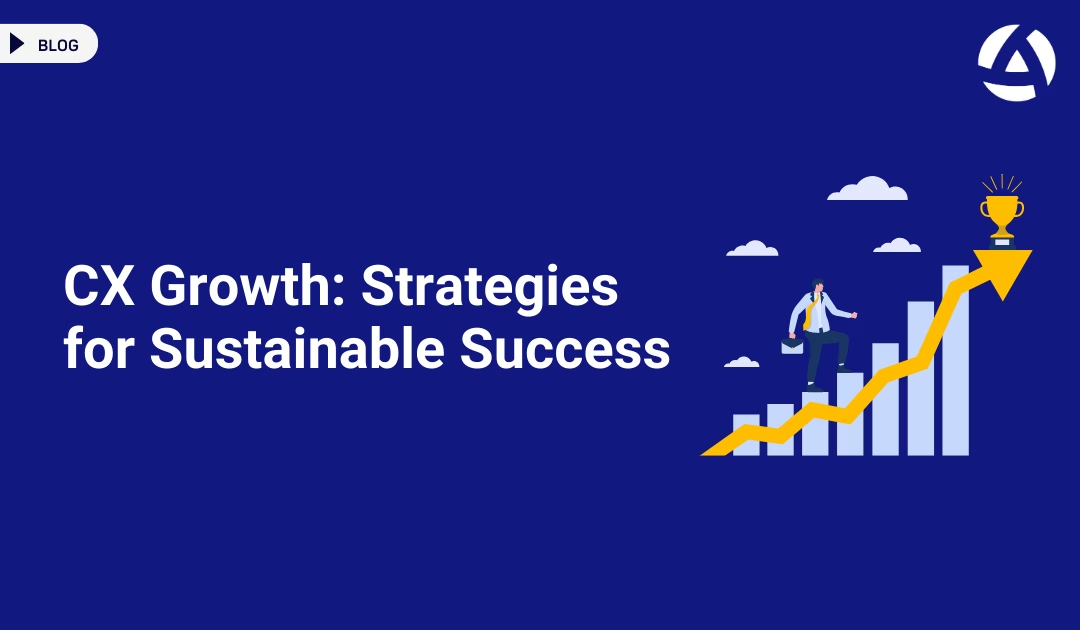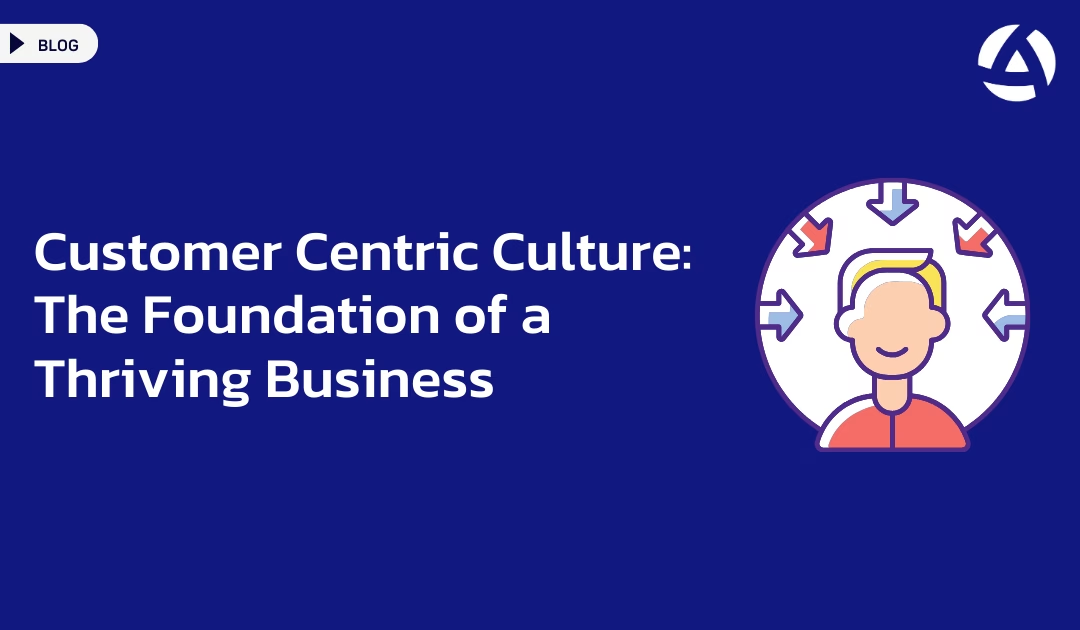In today’s competitive business landscape, Customer Experience (CX) has emerged as a key differentiator for brands seeking long-term success. Customer Experience growth isn’t just a trendy buzzword but a strategic imperative that drives revenue, retention, and reputation. Companies that prioritize and actively develop their CX strategies consistently outperform competitors across industries, making this a critical focus area for businesses of all sizes.
Understanding the Foundations of Customer Experience Growth
At its core, CX growth involves systematically improving how customers interact with your brand across all touchpoints. This holistic approach requires businesses to look beyond isolated interactions and instead focus on the entire customer journey. A comprehensive CX strategy involves understanding customer needs, preferences, and pain points at each stage of their relationship with your brand. The goal is to create seamless, personalized experiences that not only meet but exceed expectations, driving loyalty and advocacy over time.
Research from Forrester shows that companies that lead in CX growth outperform laggards by nearly 80% in terms of revenue growth. This stark difference highlights how investing in customer experience isn’t merely a cost center but a significant driver of business performance. Organizations that commit to CX excellence build stronger connections with their customers, resulting in higher retention rates, increased spending, and more referrals—all critical factors for sustainable growth.
Key Drivers of Successful CX Growth
Several critical elements contribute to effective Customer Experience growth. Understanding and implementing these factors can help organizations develop robust CX strategies:
- Customer-Centric Culture: Building a company culture where every employee understands their role in delivering exceptional experiences
- Data-Driven Decision Making: Leveraging customer data and analytics to identify opportunities for improvement
- Cross-Functional Collaboration: Breaking down silos between departments to ensure consistent experiences
- Technology Integration: Implementing the right tech stack to support seamless interactions
- Continuous Feedback Loops: Regularly collecting and acting on customer feedback to drive ongoing improvements
Organizations that excel in CX growth understand that these elements must work in concert. For instance, even the most sophisticated technology will fail to deliver results if the company culture doesn’t genuinely prioritize customer needs. Similarly, data-driven insights are only valuable when they translate into meaningful action across the organization.
Measuring Your CX Growth Journey
Quantifying Customer Experience growth requires a thoughtful approach to metrics and measurement. While traditional measures like Net Promoter Score (NPS) and Customer Satisfaction (CSAT) remain valuable, progressive organizations are expanding their measurement frameworks to gain deeper insights. Customer Effort Score (CES), which measures how easy it is for customers to accomplish their goals, has emerged as a powerful predictor of loyalty. Similarly, Customer Lifetime Value (CLV) helps quantify the long-term financial impact of CX improvements.
The most effective CX measurement strategies combine these quantitative metrics with qualitative insights gathered through methods like customer interviews, focus groups, and sentiment analysis. This balanced approach provides both the “what” and the “why” behind customer behavior, enabling more targeted improvements. It’s also crucial to track experience metrics alongside business outcomes to demonstrate the ROI of CX investments and secure continued support from leadership.
Technology’s Role in Accelerating CX Growth
The digital transformation wave has dramatically expanded the toolkit available for organizations pursuing Customer Experience growth. AI-powered analytics can now process vast amounts of customer data to identify patterns and predict needs. Chatbots and virtual assistants provide instant support around the clock. Personalization engines deliver tailored experiences based on individual preferences and behaviors. These technologies, when thoughtfully implemented, can significantly accelerate CX growth initiatives.
However, technology alone isn’t a silver bullet. The most successful organizations view tech as an enabler of better human connections rather than a replacement for them. For example, automation can handle routine inquiries, freeing human agents to focus on more complex issues where empathy and critical thinking add the most value. This hybrid approach often delivers the best results—leveraging technology’s efficiency while preserving the human touch that builds emotional connections with customers.
The Connection Between Employee and Customer Experience
One often overlooked aspect of CX growth is its intrinsic connection to employee experience. Frontline employees who feel valued, supported, and empowered are far more likely to deliver exceptional customer experiences. Organizations that excel in Customer Experience growth recognize this connection and invest accordingly in their workforce.
Strategies that strengthen this connection include:
- Comprehensive Training Programs: Equipping employees with both technical skills and emotional intelligence
- Employee Feedback Systems: Creating channels for staff to share insights from customer interactions
- Recognition and Rewards: Celebrating employees who exemplify customer-centric values
- Tools and Resources: Providing the technology and support needed to serve customers effectively
- Work-Life Balance: Ensuring employees have the energy and motivation to bring their best selves to customer interactions
Research consistently shows that companies with highly engaged employees outperform their competitors in CX metrics. This “virtuous cycle” means that investing in employee experience often yields double dividends—happier employees and more satisfied customers.
Building a Roadmap for Sustainable CX Growth
Achieving lasting Customer Experience growth requires more than isolated initiatives or short-term projects. Leading organizations approach CX as a strategic journey with clearly defined milestones and goals. This typically begins with assessing the current state of customer experience across all touchpoints and channels. From there, organizations can identify the most significant gaps and opportunities, prioritizing actions that will deliver the greatest impact.
Cross-functional ownership is essential for successful implementation. While having dedicated CX specialists can help drive initiatives forward, lasting CX growth happens when responsibility is shared across the organization. Marketing, sales, product development, operations, and customer service must all align around common CX objectives and collaborate to deliver consistent experiences. Regular review cycles help track progress and make necessary adjustments as customer expectations and business conditions evolve.
The most successful CX growth strategies balance quick wins with longer-term structural improvements. Small, immediately visible enhancements help build momentum and demonstrate value, while more fundamental changes to systems, processes, and culture create the foundation for sustained excellence. With this balanced approach, organizations can achieve meaningful Customer Experience growth that translates into lasting competitive advantage and business success.
Frequently Asked Questions
How quickly can we expect to see results from our CX growth initiatives?
While some improvements may yield immediate results, comprehensive Customer Experience growth typically takes time. Simple fixes to obvious pain points might show results within weeks, but more substantial changes to systems and culture often take 6-12 months to fully impact key metrics. The most important approach is to establish clear baselines, set realistic timelines, and track progress consistently.
What's the typical ROI for investments in Customer Experience growth?
Studies show that CX leaders typically see returns in multiple areas: reduced customer acquisition costs (15-20% lower on average), increased retention (10-15% higher), and greater share of wallet (20-30% more spending from existing customers). However, results vary by industry and implementation quality. The best approach is to identify specific business outcomes that matter most to your organization and track how CX improvements influence these metrics over time.




